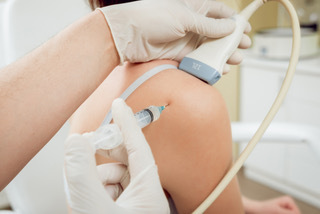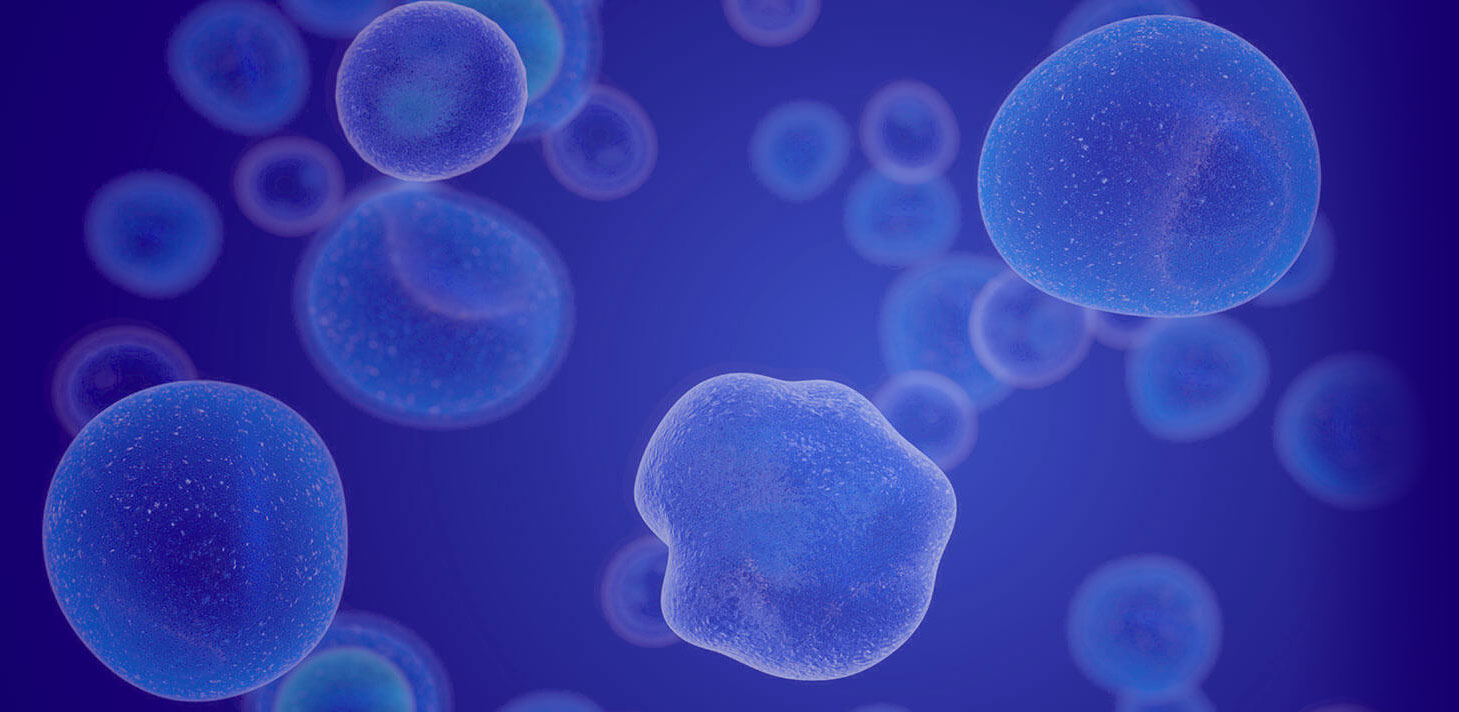Am I a candidate for “the healing powers” of regenerative medicine? Avoid long and potentially painful rehabilitation and avoid the risks of surgical complications and post-surgical pain. Engage the strength and power of your body’s own innate healing and repair mechanisms. The new age of medicine is upon us. In our fight against COVID-19 , we are unleashing the power of immunotherapy and molecular biology to fight this “invisible “ invader.
Regenerative medicine therapies have been around for over a decade. Currently, studies are under way evaluating exosomes and their potential benefit regarding the “cytokine storm” patients are experiencing during the later stages of COVID-19 infections (1). Platelet-rich plasm (PRP) therapy is an exciting, cutting edge treatment for many acute/chronic orthopedic injuries as well as common aesthetic issues involving the skin and hair. It is also used in patients experiencing sexual dysfunction.

The proposed role of PRP in the non-operative treatment of orthopedic injuries is to decrease pain and inflammation, stimulate healing, and provide a viable alternative to invasive surgery. The goal of PRP is treating the underlying problem and not just mask painful symptoms. Common orthopedic injuries involving the soft tissues and joints of the appendicular and axial skeleton are routinely treated with amazing success. Painful joint conditions involving the shoulders, hips and knees are responding to PRP therapy (2). Similarly, acute and chronic soft tissue injuries involving the muscles, tendons, and bursa, refractory to traditional therapies, are being treated very effectively with PRP (3).
Low back pain (LBP) is currently regarded as the number one cause of disability worldwide. Intervertebral disc degeneration is an important pathogenesis of LBP. PRP therapy provides individuals suffering from chronic LBP a viable alternative (4).
Considering extensive, invasive back surgery? Its time to think PRP treatment for intervertebral disc (IVD) degeneration.
There is a great possibility that the application of PRP has the potential to lead to a reasonable and effective intradiscal therapy for degenerative disc disease.
Rejuvenate your hair and skin naturally with PRP. When platelet-rich plasm (PRP) is injected into specific areas of the skin and scalp, it acts as a matrix promoting your own collagen growth revitalizing your skin’s repair mechanisms and hair follicle growth. This restoration process leads to smoother, tighter skin, reduced scarring, improved skin tone, fuller and thicker hair. (5,6)
Yes, your are a candidate for “the healing powers” of regenerative medicine. PRP is a viable option which can be used to treat “what ails you”. PRP injections use each individual patient’s innate healing system to improve musculoskeletal and aesthetic problems.
References
- Miami, Aug. 06, 2020 ( Global News Wire)
- Is platelet-rich plasm effective for treatment of knee osteoarthritis? A systemic review and meta-analysis of level 1 and 2 randomized controlled trials. Erik Hohmann et al. Eur J Orthop Surg Traumatol. 2020 Aug;30(6):955-967.
- Treatment of Muscle Injuries with Platelet-Rich Plasma: A Review of the Literature. Kia Setayesh et al. Curr Rev Musculoskelet Med. 2018 Dec; 11(4)635-642.
- Platelet-rich plasma injections: an emerging therapy for chronic discogenic low back pain. Suja Mohammed et al. J Spine Sur. 2018 Mar; 4(1)115-122.
- Platelet-rich plasma for androgenetic alopecia: A review of the literature and proposed treatment protocol. J. Stevens et al. Int J Womens Dermatol. 2019 Feb; 5(1)46-51.
- Platelet-rich Plasma for Skin Rejuventation and Treatment of Actinic Elastosis in Lower Eyelid Area. Matthias Aust et al. Cureus. 2018 Jul; 10(7)e2999.



